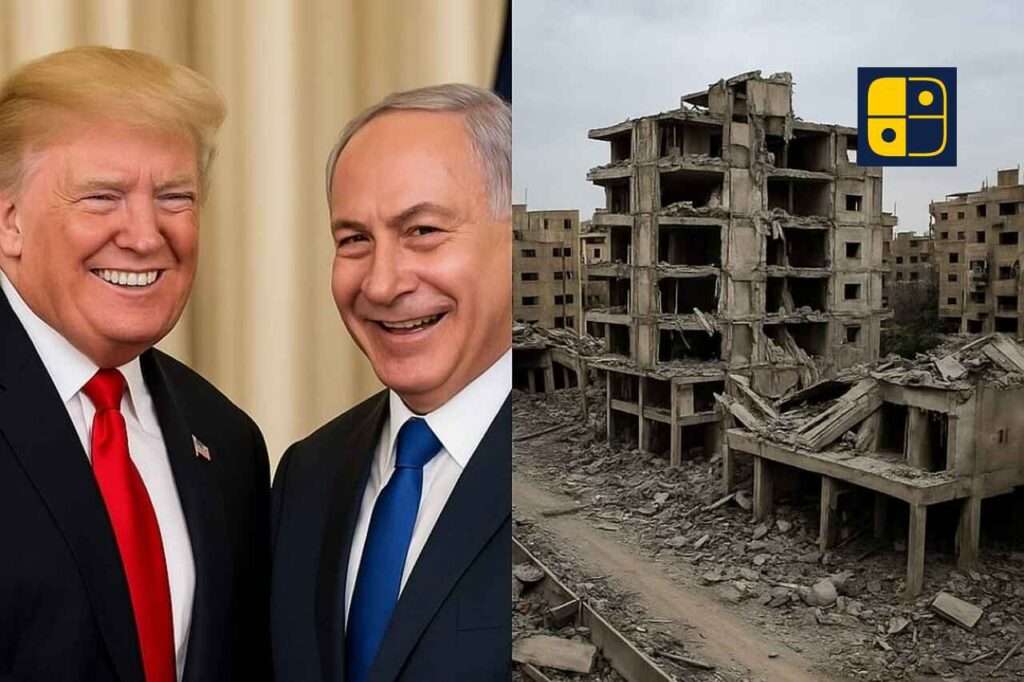The announcement of a first phase peace deal between Israel and Hamas has stirred both relief and skepticism. Brokered under the watch of U.S. President Donald Trump, the plan envisions a temporary ceasefire, Israeli troop withdrawal from selected zones in Gaza, and the release of 20 hostages. On paper, it signals a rare moment of alignment but beneath the surface lies a web of political risk and strategic calculation.
For Israel, this move attempts to calm global outrage while balancing internal dissent within Netanyahu’s government. For Hamas, agreeing to partial concessions may bring temporary legitimacy but risks internal fractures. The U.S., positioning itself as a peace architect, appears to be pursuing geopolitical optics as much as humanitarian goals, using the ceasefire as proof of renewed American leverage in West Asia.
The deeper test, however, lies in sustainability. Without the Palestinian Authority’s role, regional coordination, and a framework for Gaza’s reconstruction, this truce may fade like many before it; temporary, tactical, and transactional. The question is not whether the guns will fall silent, but how long the silence will last.

